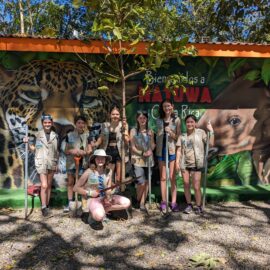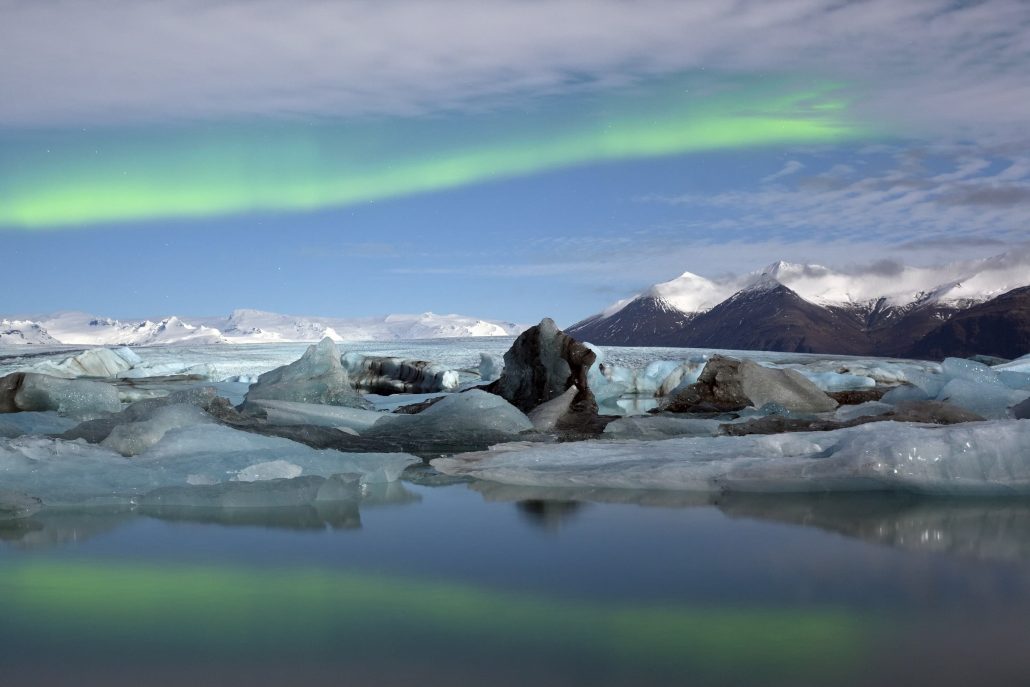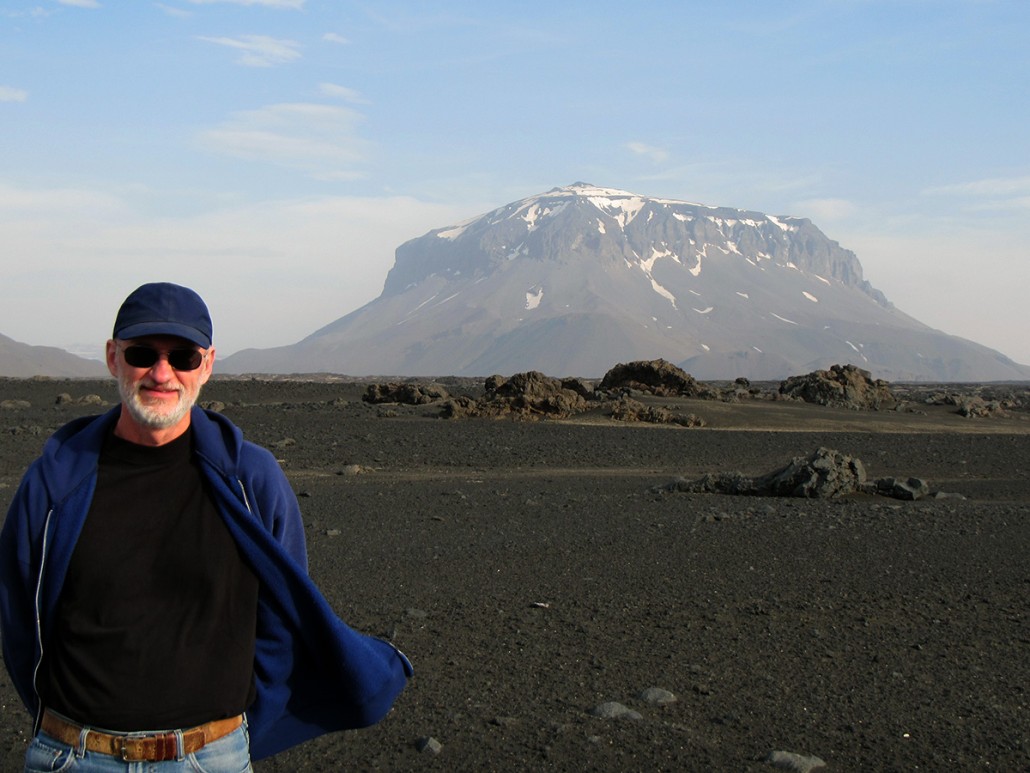Did You Know?
Meet Smithsonian Expert Jim Zimbelman
The story of our universe can be told by its plateaus, volcanoes, crevices, and canyons. This is the work of a planetary geologist, and Dr. Jim Zimbelman does it for Smithsonian’s National Air and Space Museum. His research in Iceland helped to inform our rich itinerary for faculty-led programs Smithsonian University Travel Programs to the land of fire and ice.
WorldStrides: How did you get into your field?
Dr. Jim Zimbelman: I got interested in planets in middle school. I thought I needed to be an astronomer; that idea guided my whole career path. I went to undergraduate and graduate school to study astronomy and planetary studies. In grad school, I realized the questions I was most excited about were all geologic in nature. During grad school, I took many undergraduate classes in geology and then became a planetary geologist.
WorldStrides: Tell us something few people know about the geology of Iceland.
Dr. Zimbelman: I have fallen in love with Iceland while traveling and working there. One thing that is really incredible about Iceland is that it’s the only place in the world where you can stand on a mid-oceanic ridge. It’s the only place on Earth where the ridge sticks above the ocean and humans can walk around on it!
WorldStrides: What are some of the most exciting career opportunities you are aware of for a geology major today?
Dr. Zimbelman: When I was a graduate student, NASA was growing incredibly and sending out many missions. While NASA isn’t sending out as many missions now, there are still many opportunities to work on mission teams and actively study planetary geology. Students in the geology field now might also look at jobs in economic geology in the petroleum and mining industries, and geologists also work for the government and do research needed to support environmental and economic policies and interests. One thing to keep in mind is that almost all geology professions have an outdoor component. I like to be outdoors and see how the earth is working, and then apply that to understanding other planets. Geology is a field that is great for people who like to do research, but also want to work outdoors.
WorldStrides: When you go home each day, what makes you most proud?
Dr. Zimbelman: I hadn’t anticipated this when I took my job here, but I am incredibly proud of being part of the Smithsonian. I’m constantly amazed at how the few sentences [a British scientist who left his estate to the United States to found the Smithsonian] James Smithson put in his will translated into this amazing institution. It’s a privilege to do the research and work I do on planetary geology, and then get to translate that work to the public. To be able to work and interact with the public, and still get to do the research that interests me is a wonderful experience.
Our Explorers’ group to Iceland leave this June. Do you know a student who wants to join us? Email Smithsonian@worldstrides.org
Learn more about our Smithsonian University Travel Program to Iceland.
Dr. Jim Zimbelman is a planetary geologist at Smithsonian’s National Air and Space Museum where he has served as the chairman of the Center for Earth and Planetary Studies. He has expertise in physics and mathematics (B.A. Northwest Nazarene University), geophysics and space physics (M.S. University of California at Los Angeles), as well as geology (Ph.D. Arizona State University). Jim was co-editor of the book Environmental Effects on Volcanic Eruptions: From Deep Oceans to Deep Space (2000), co-author of Dunes Worlds (2014) and has written more than 90 papers and maps for various peer-reviewed scientific journals and books. Over the past 28 years at NASM, he has been involved in the analysis of high-resolution spacecraft imaging and geophysical data of the Earth and terrestrial planets, geologic mapping of Mars and Venus, and other geologic studies of terrestrial planets.
Related Articles

The 2024 WorldStrides Student Photo & Video Contest Gallery
The story of our universe can be told by its plateaus, volcanoes, crevices, and canyons. This is the work of a planetary geologist, and Dr. Jim Zimbelman does it for Smithsonian’s National Air and S...

Girl Scouts: Costa Rica Tour
The story of our universe can be told by its plateaus, volcanoes, crevices, and canyons. This is the work of a planetary geologist, and Dr. Jim Zimbelman does it for Smithsonian’s National Air and S...

2024 Mérida Pride Parade
The story of our universe can be told by its plateaus, volcanoes, crevices, and canyons. This is the work of a planetary geologist, and Dr. Jim Zimbelman does it for Smithsonian’s National Air and S...

Rise Up, Take Action: How to Support the LGBTQIA+ Community
The story of our universe can be told by its plateaus, volcanoes, crevices, and canyons. This is the work of a planetary geologist, and Dr. Jim Zimbelman does it for Smithsonian’s National Air and S...



